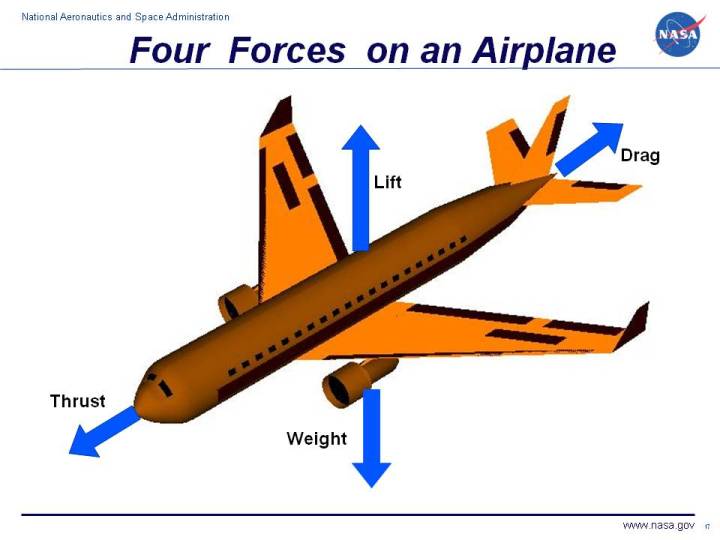A conundrum for all.
You have an aeroplane sat on a huge conveyor belt. The conveyor belt is computer controlled such that its speed is always the same as that of the aircraft - only backwards. I.e. If the aircraft is moving forwards at 10mph (relative to a fixed point on the ground), then the conveyor will move backwards at 10mph. Will the aircraft be able to take off?
Assumptions:
1. The aircraft is otherwise normally capable of flying just fine, and the pilot is normally capable of flying this aircraft just fine.
2. The conveyor belt runway is more than long enough that if the belt didn't move the aircraft would have ample room to achieve take-off. There are no obstructions that would affect a normal take-off.
3. The runway is at sea level, the air is still, and the conditions are perfect.
OK, so, will it fly or not? Please explain your answers if possible.

You have an aeroplane sat on a huge conveyor belt. The conveyor belt is computer controlled such that its speed is always the same as that of the aircraft - only backwards. I.e. If the aircraft is moving forwards at 10mph (relative to a fixed point on the ground), then the conveyor will move backwards at 10mph. Will the aircraft be able to take off?
Assumptions:
1. The aircraft is otherwise normally capable of flying just fine, and the pilot is normally capable of flying this aircraft just fine.
2. The conveyor belt runway is more than long enough that if the belt didn't move the aircraft would have ample room to achieve take-off. There are no obstructions that would affect a normal take-off.
3. The runway is at sea level, the air is still, and the conditions are perfect.
OK, so, will it fly or not? Please explain your answers if possible.






Comment